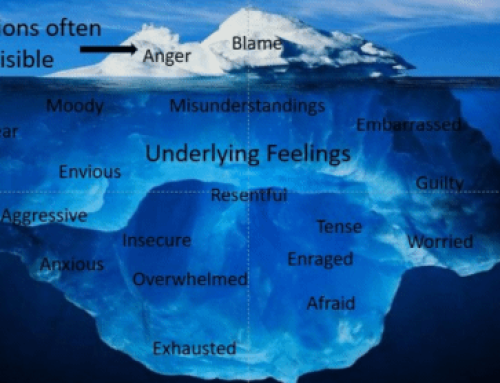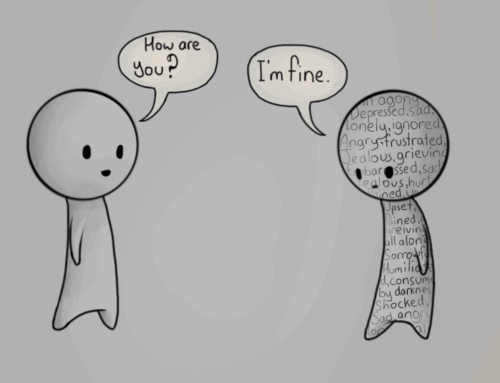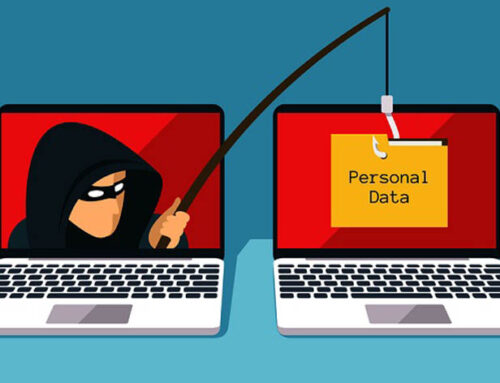It’s Okay to Be Sad
November 3, 2016
Categories: Emotion
The other day, I was aware of feeling really sad. Nothing terrible happened—some of my issues were getting triggered and I was dealing with that. I knew I wouldn’t feel that way forever, but for the day, I was feeling pretty down.
I attended a group discussion that day at my work, and at the beginning we went around the room and shared one word about how we were feeling—as an ice breaker. I noticed three things about this exercise. First, I noticed that most people didn’t share an actual feeling—most reported ‘feeling’ a word that wasn’t actually a feeling, such as tired.
Second, I noticed that no one shared any emotions that we typically think as ‘negative.’ No one shared that they felt sad, angry, or scared. I wasn’t exactly sure why. Maybe these emotions are more uncomfortable or vulnerable.
I had been in touch with my feelings of sadness all day long, so I just decided to be honest. “I feel sad,” I said, and we continued around the circle.
Finally, I noticed that people had a high level of concern for me following the meeting. I had multiple people come up to me and ask me if I was okay. I appreciated the concern, but it made me think about how our society often treats sadness as an indicator that something is bad or wrong. Also, when someone is feeling sad, the natural tendency is to try to do something to ‘help’ or make the sadness go away.
I see this tendency in my work training beginning graduate students in counseling. When a client is feeling sad or depressed, often there is a pull to try to do something to fix the client’s problem right away. Beginning therapists will often suggest possible solutions even in the first session. The problem with this approach is that the ‘solution’ is offered too soon, before we have taken the time to think about and consider what the problem actually is, or what the sadness has to teach us. It is usually more effective to sit with the sadness for a while and see what we can learn about it. Once we have sat with the sadness for a time, we will have a better idea of what our next step should be. You can’t rush through sadness.
So that’s what I’m trying to do in my own life. I’m trying to identify what I’m feeling with actual emotion words—sad, angry, scared, happy, excited, tender. I’m trying not to avoid the more uncomfortable or vulnerable emotions of sadness, anger, and scare. And when I’m sad, I’m working to sit with the sadness and not rush through it, to see if the sadness has anything to teach me about myself.
Action Step: Stop what you are doing and close your eyes. Well, I guess read the rest of this exercise, and then close your eyes 🙂 Sit still and notice what is happening in your body. Often we feel our emotions in our body. For example, sadness is sometimes felt as a heavy heart or a lump in your throat. Anger is sometimes felt as tension or a clenched jaw or fists. Scare is sometimes felt as jitters or butterflies in the stomach. Happiness is sometimes felt as lightness or playfulness. Excitement is similar to happiness, but it feels more upbeat and has more energy. Tenderness is sometimes felt as a softening of your heart toward others. Identify the emotion or emotions that you are feeling. Share what you are feeling with a close friend or family member, and give a brief (2 minute) context about that feeling.
Related Thoughts
5 Comments
Leave A Comment

Subscribe To My Newsletter
Join my mailing list to receive the latest blog posts.
Receive my e-book “The Mental Health Toolkit” for free when you subscribe.






[…] evoke? Spend some time and consider the feelings that your dream evokes inside you. Does your dream feel sad? Does it feel angry? Does it feel scary? Does it feel happy? Does it feel excited? Does it feel […]
[…] feelings. We work pretty hard to contain our feelings. Maybe you were taught growing up that it wasn’t okay to feel sadness or anger, so you expend a lot of effort to hide those emotions. This can be exhausting. Also, […]
[…] where to start when trying to develop your community. This can lead to feelings of loneliness and sadness, which can be tough to deal […]
[…] stay in the present. I struggle with this a lot. I’m either living in the past, feeling regret or sadness about things that have already happened. Or I’m living in the future, feeling anxiety or fear […]
[…] it but try not to let my feet leave the ground. And when something bad happens, I experience my sad, angry, or scared feelings, but try to remember that this too shall […]